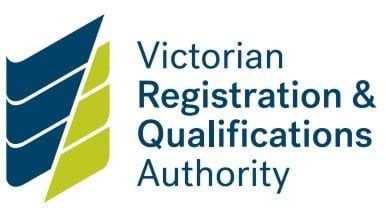About the Standard
Children should feel that where they come from, and their backgrounds and identities are respected and supported.
This Standard focuses on acknowledging Aboriginal culture and the safety and wellbeing of Aboriginal children.
It is important to note that this Standard applies even if you consider there are no Aboriginal children at your organisation.
Are you a registered school?
CRICOS schools and SEOs that are also registered schools should follow the child safe advice for schools. They must ensure their CRICOS and SEOs operations are incorporated into the school’s compliance with the Standards. They should tailor advice to their international student cohort and community.
Schools - culturally safe environments regulations
Establish a culturally safe environment in which the diverse and unique identities and experiences of Aboriginal children and young people are respected and valued.
A CRICOS or SEO school complying with this Standard may:
- help international and exchange students to learn about Aboriginal culture and history
- update its existing school policies to include international students
- provide Aboriginal cultural awareness training to the international team
- create culturally safe and inclusive environments for international students
- ensure its Child Safety and Wellbeing Policy or statement is:
- publicly available
- written in plain English
- translated
Are you a non-school student exchange organisation?
Non-school student exchange organisations (SEOs) should follow the advice provided on this page and ensure that student care and oversight of inbound and outbound exchange programs match.
How to comply
A non-school SEO must provide evidence of:
- a policy or statement that:
- commits to a culturally safe environment for Aboriginal children
- identifies and confronts racism
- is publicly available
- plans to create a culturally safe environment
- actions to support children to express their culture and enjoy their cultural rights
- documented strategies to support the participation and inclusion of Aboriginal children and their families
- opportunities for exchange students to learn about Aboriginal cultural history
- suitable training to staff and volunteers working with exchange students
- published communication resources that promote cultural safety and inclusion
Examples of compliance
A non-school SEO complying with this Standard may:
- have a publicly available Child Safety Code of Conduct in simple English or translated
- update all its policies and procedures to ensure that they are:
- culturally safe
- inclusive
- embrace diversity
- provide Aboriginal cultural training to staff and volunteers that work with exchange students
- use a Welcome to Country or an Acknowledgement of Country
- fly the Aboriginal and Torres Strait Islander flags
- display plaques to acknowledge traditional owners
- celebrate local Aboriginal community events with exchange students and families
- address racism from students, staff and volunteers or visitors
- place SEO leaders at the front of anti-racist action
- engage with local Aboriginal communities:
- seek advice on how to create a culturally safe environment
- seek ways to respect and value Aboriginal culture
- provide incursions for students
- offer SEO support for local Aboriginal businesses
- ask for feedback from Aboriginal students and their families
- develop a Reconciliation Action Plan.
Updated


